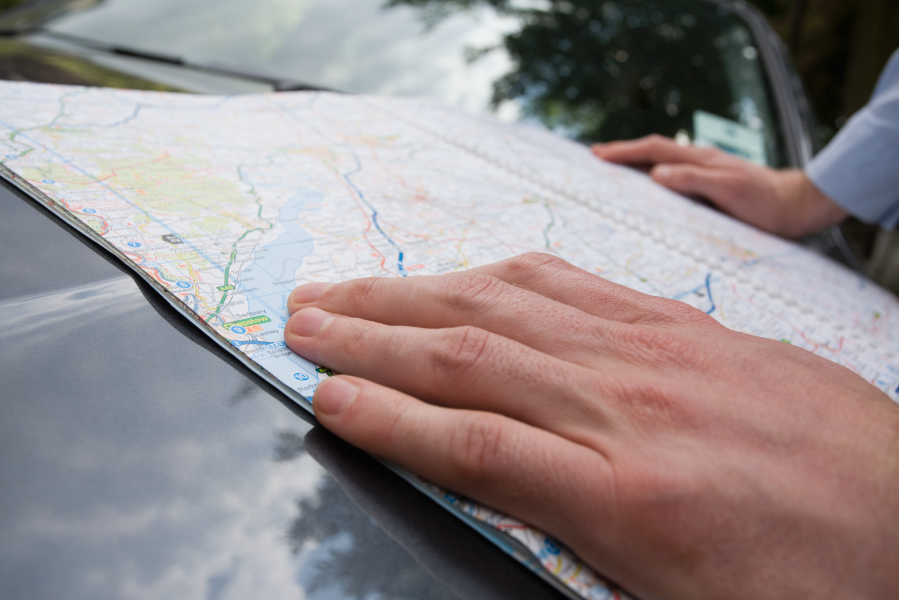One of the biggest aspects of planning a trip is knowing where we are going and how to get there. With the enhancements of mapping programs (I use Google) it has become customary to map out and plan tentative routes using mapping software. As we build out an advance, this becomes one of the most critical and often the first step toward building an Ops Plan, second only to knowing the attendees. Each trip develops a list which is saved and shared as needed with the rest of the team or even key stakeholders. These lists are saved and can be recycled (with refreshed validation of course) for future trips.
Each list has a few constants that we build into every plan. These include medical services that we may need to rely on while traveling. Specific services we look for include pharmacies, urgent care and emergency rooms. Even though we often travel with EMTs or paramedics (sometimes even a physician) there can be a need for more advanced care or assessment tools. We also consider specific needs that our clients may have or desire given their particular medical situation or the risks on hand for their adventures. All of these items are plugged into the list and remain available to reduce wasted time searching for them and/or hoping that they are legit sites.
Beyond this, we also build out a list of interesting sites in the area. These may be coffee shops, bbq restaurants, or local attractions. Again this depends a bit on the clients’ wishes and our knowledge about their dietary preferences or adventurous ambitions. These additions help us gain knowledge about the area in the event we are unable to conduct a comprehensive onsite advance trip. Or, if we do conduct a site visit we are not necessarily searching for things and wasting time and only have to confirm the locations exist and meet our needs.
On a side note, here are a couple helpful tricks to finding valuable local information:
- If there’s a police car, fire truck, or ambulance parked outside a restaurant, it’s probably good local food with quality people. Also acts as a force multiplier if / when working in a protection capacity.
- Hotel valets & doormen know what’s going on in the area and also can provide good food recommendations for when times are tight or there’s a niche to fill. I found the best fish tacos in the world just by asking where I should grab lunch one day when jumping in my rental car in Southern California!
But here’s the coolest part about this. I personally conduct this “Map It Out” routine for every single trip I take, including personal trips. Could be a weekend skiing in Northern Michigan in a VRBO that we’ve used before or a family trip to a brand new destination. This is done for a few specific and well prepared reasons:
- I’m not immune to injury / illness. One spring break I was sick and the family went off on their own and another I was choking and had to have the heimlich performed on me. By building these lists and sharing them with my travel partners they can look into things ahead of time but more importantly have access to what could be life saving venues.
- On family trips, my kids have an opportunity to add things to the list. While this can create a lot of chaos and a list that is bigger than what we need and can bury the important sites, it gets them thinking and looking at things around the area and getting more excited about the trip.
- Some of these lists have been shared with friends and colleagues who have been looking to schedule travel to the same destinations.
“Map It Out” has become a critical component to not only Raven’s protection work, but also to my personal life. It’s easy to do, and yet offers so much peace of mind.

